Wiley G. Higgins’ Gamecock Rifle
The “Gamecock” rifle is so known for the silver bust of a fighting gamecock inlaid on the cheek piece. This exciting rifle was made by Wiley G. Higgins in the Indian Springs area of middle Georgia - ca. 1825.
Just twenty years ago, no existing longrifles made in Georgia prior to the 1840s had been identified. Quality half-stock, percussion rifles by mid to late 19th century Georgia gunsmiths were well known. But early 19th century flintlocks were as yet undiscovered. During recent years, scholarship by Dick Kennedy, Arnie Dowd, the late Dan Wallace, Jerry Noble and others led to the discovery of an outstanding school of gunsmiths working in Georgia during the flintlock era and to the identification of rifles and pistols attributable to these master gunsmiths.
Wiley Grover Higgins is foremost among early Georgia makers whose work has now been identified. Born in South Carolina in 1799, Higgins moved with his father, brothers and other family members to the Indian Springs area in central Georgia some years prior to 1820. Two treaties with the Creek Indians were negotiated and signed in Indian Springs in the 1820s. A number of the Higgins family members were working as gunsmiths, silversmiths and blacksmiths in the area during those frontier days.
The identification of Higgins’ work came about from the study of a fantastic silver-mounted rifle signed on the patchbox “Wiley G. Higgins, M. A.” That rifle, which is pictured in Kindig’s book at page 336, and described by Kindig as “by far the most artistic Kentucky rifle of its period that I have ever seen”, is now in the Frazier Museum in Louisville. Kindig did not realize that Higgins’s signature on the patchbox was that of the gunsmith (as is sometimes seen in Southern guns).
The Gamecock rifle was discovered by Steve Boyleston at a farm sale on the Alabama/Florida line in 1985, and was thereafter acquired by Arnie Dowd of Colorado before coming to the present caretaker. Dowd recognized its connection with the rifle pictured by Kindig, with a pistol which is believed to have belonged to Andrew Jackson (on display at the Hermitage in Nashville) and with the “Southern Belle” rifle in the Cody Museum collection. Because of the evident Carolina characteristics of those pieces, Arnie began his search for Wiley G. Higgins in the Carolinas. His discovery of Higgins in the 1830 Georgia census led to extensive research by Dan Wallace. Dan’s research established the importance of Wiley G. Higgins and his kin as gunsmiths in middle Georgia and later on in Alabama, Mississippi, Arkansas and Texas.
We now know that the unique characteristics of the early rifles produced in Georgia by Wiley G. Higgins include a “paneled” buttplate. Silver overlays on the barrel and other surfaces, and silver facing on the lock mortise are often present on Higgins rifles. The rifles have a distinct Carolina influence, with incised carved comb and lower buttstock lines, as well as in the engraving patterns. We do not know yet whether rifles with these characteristics were made by members of the Higgins family other than Wiley. Some 14 rifles in this school have been identified to date. Perhaps others are yet to be discovered.
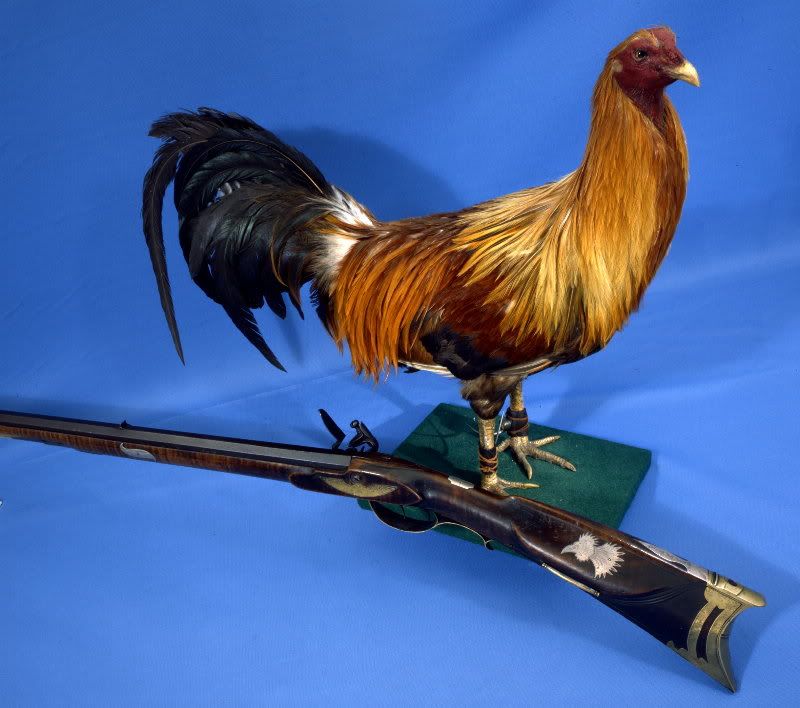
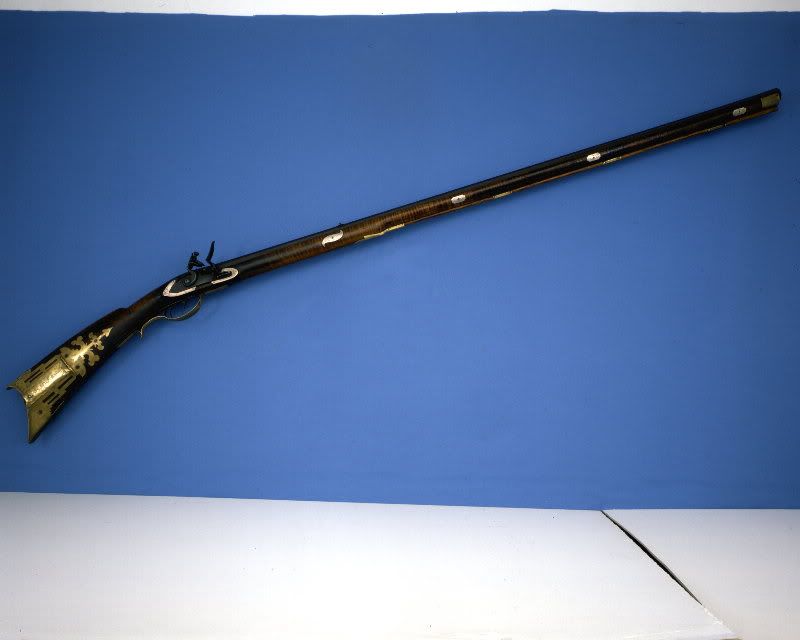
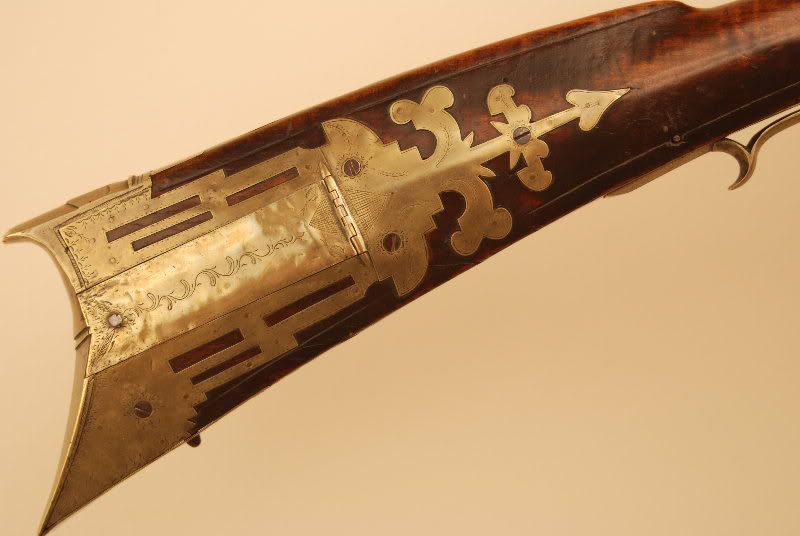
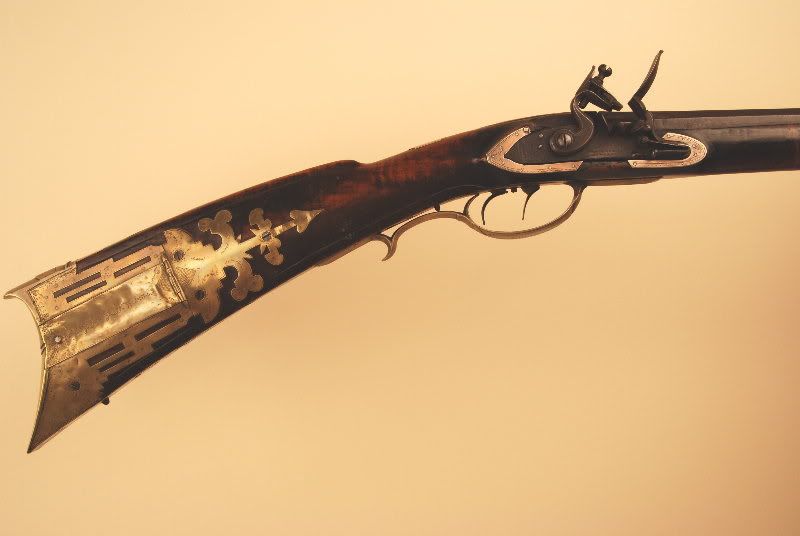
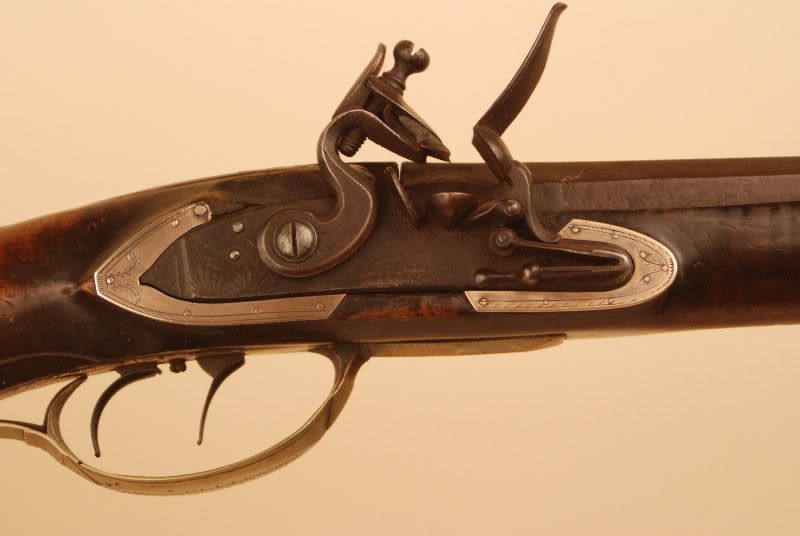


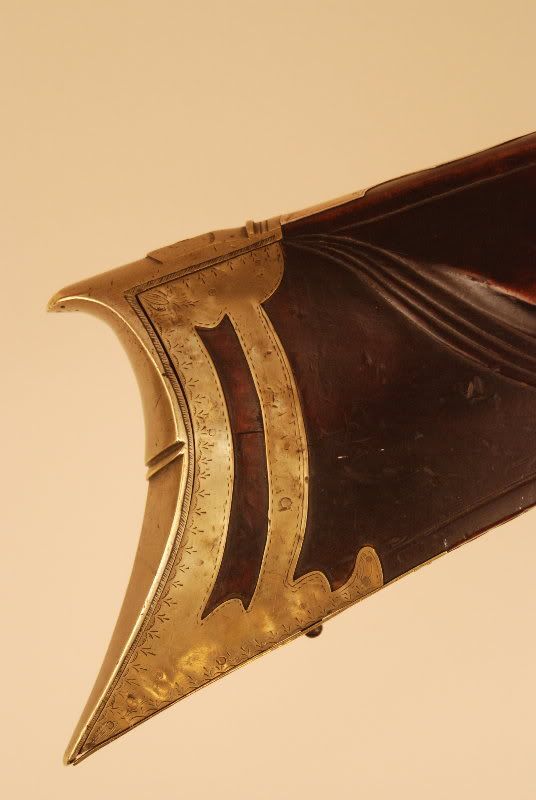
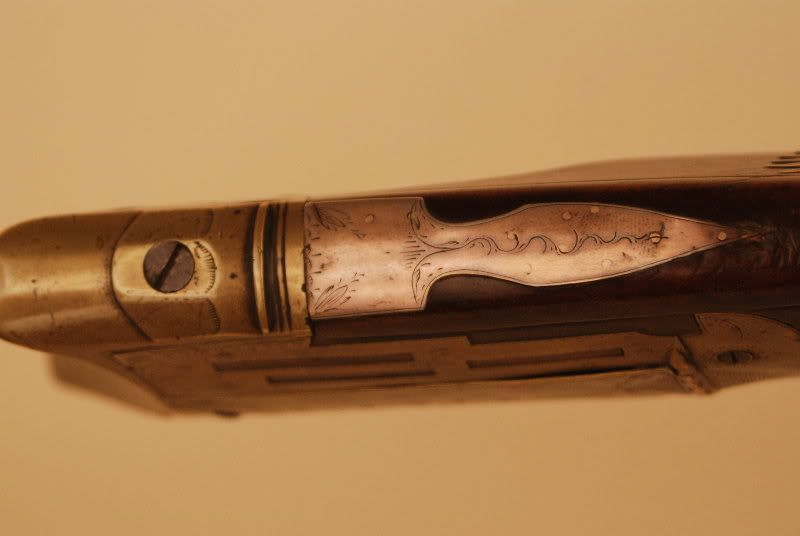


Comments:
That's a grand rifle! And whether you like Higgins style or not (I do), it's obvious that he marched to his own drummer in a most impressive way!
=====================================================
I am at a loss for words. This is another extraordinary gun that could easily find a home in the finest museums in the world. Most pleased to have both this rifle and a Higgins pistol in ours.
=====================================================
Entirely out of my scope of familiarity, but I will say I find it quaint and handsome.
=====================================================
This is a great southern rifle and it's even better when handled and seen in person.
=====================================================
This rifle is SUPERB! I believe the "M. A." behind Wiley G. Higgins' signature on the rifle in Kindig's book, stood for "Master Armorer". It's obvious that this was no idle boast.

